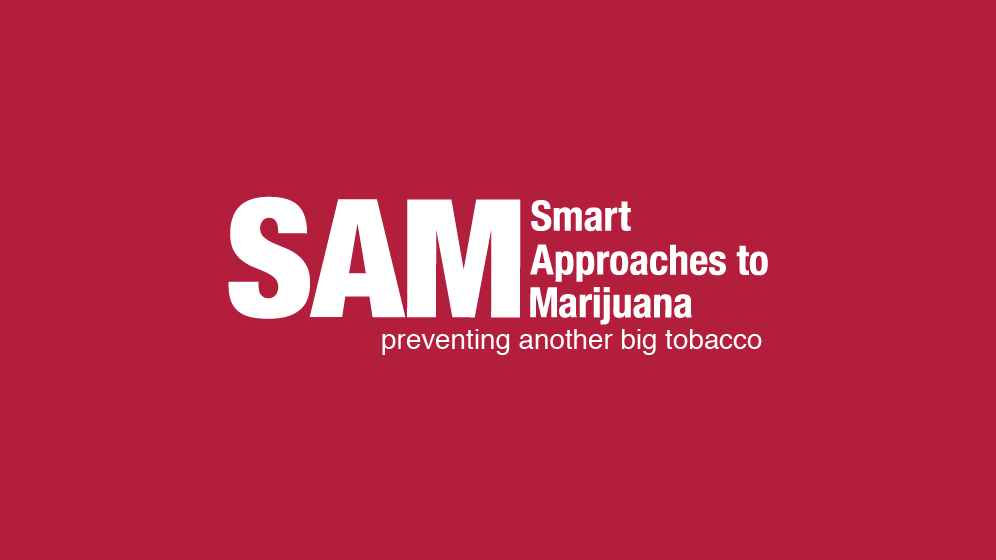
In 1989, just a few months after his inauguration, America’s new president, George H.W. Bush, called up his friend Tom Landry, who had just stepped down as the beloved coach of the Dallas Cowboys.
Coach Landry was probably best known for having invented arguably the most effective and commonly used defense in modern American football (the “4-3”). Defensive strategies were not the subject of their conversation, though. The president was more interested in offense — an offensive against drugs, that is. Drugs were preoccupying the consciousness of most Americans. Surveys consistently ranked drugs as the No. 1 policy concern of voters, as crack-cocaine continued to wreak havoc in neighborhoods across the country.
While President Bush was a strong supporter of D.A.R.E. and other 1980s-style prevention programs, he was determined to make a break from the Reagans’ “Just Say No” campaign. His idea? To harness the power of the business, community, faith-based, labor and social service sectors to customize prevention programs based on local data and specific community needs. He asked coach Landry and others, like Alvah Chapman, the former chairman of Knight-Ridder, and Jim Burke, the former chairman of Johnson & Johnson, to come up with some fresh ideas about how to do that. They and 24 others became known as the President’s Drug Advisory Council, and Bush gave them a two-year deadline to come up with something big.
The council could not ignore the fact that small, community-based groups — they called themselves “drug-free community coalitions” — were already being formed in localities across the nation. Rather than implementing one-shot, individual drug-prevention programs, these newly formed coalitions were getting different sectors of society around a table to discuss their local problems and form community action groups — a neighborhood anti-crime taskforce to close down a violent open-air drug market; a business-led drug free workplace initiative; or perhaps a local legislative campaign to tighten liquor store zoning restrictions. The president’s council took notice, and while they liked what they saw, they observed a major flaw in this local approach: the lack of a national voice advocating for these groups in Washington, supporting them with cutting-edge trainings, educational materials and public policy backing on a national level.
Two years later, the president summoned them back for a report and, unsurprisingly, their major recommendation was to create a national umbrella organization for the some 900 coalitions that had sprouted up across the country. In October of 1992, Community Anti-Drug Coalitions of America (CADCA) was born. Regardless of who won the presidential election, President Bush promised that “this group is going to work with business, with labor, with community leaders.”
Twenty years later, CADCA welcomes thousands of delegates to its annual meetings and has a lot to show for its more than two decades of work.
An independent, third-party evaluation of middle school youth living in drug-free-coalition-funded communities found a 12 percent reduction in alcohol use, 28 percent reduction in tobacco use, and 24 percent reduction in marijuana use between 2007 and 2009. High school-aged youth have reduced their use of alcohol by 8 percent, tobacco by 17 percent and marijuana by 11 percent in drug-free-coalition communities.
To date, CADCA has trained more than 60,000 adult and youth prevention professionals and has hosted presidents (including Bill Clinton, who gladly took the torch from his predecessor and signed the first major piece of legislation, the “Drug-Free Communities Act,” funding thousands of coalitions across the country). That doesn’t even count the international work they are now heavily engaged in, which include thousands of practitioners now working in 10 countries with the U.S. Department of State.
CADCA’s Forum is indeed the premier event for folks who care about prevention. And while every drug czar and his deputies have spoken at the event (and will again this year) the forum separates itself from other conferences by giving attendees the chance to meaningfully interact with national and community leaders through town-hall meetings, question-and-answer periods, special leadership luncheons, and other networking events. CADCA’s National Youth Leadership Initiative, which trains youth on essential leadership and prevention skills so they become change agents in their communities, is also featured during the conference.
Workshops, such as “Targeted Police–Community Partnerships: Innovative Collaborations in an Urban Setting and a College Community,” “Engaging Youth Leaders in Community Change: A Statewide Initiative to Foster Youth Leadership Development,” “Social Media 101: Fundamentals for Getting Started” and “Alcohol Pricing: Translating Public Health Research Into Action,” will arm attendees with strategies to bring back to their local communities. And CADCA’s famous “Capitol Hill Day” will bus thousands of attendees to their respective Congressional offices to showcase their work and educate leaders on effective prevention techniques on the local level.
Clearly, prevention has come a long way since 1989. This week will showcase just how far it has come and what victories have been achieved over the past twenty-two years. Coach Landry would be proud.